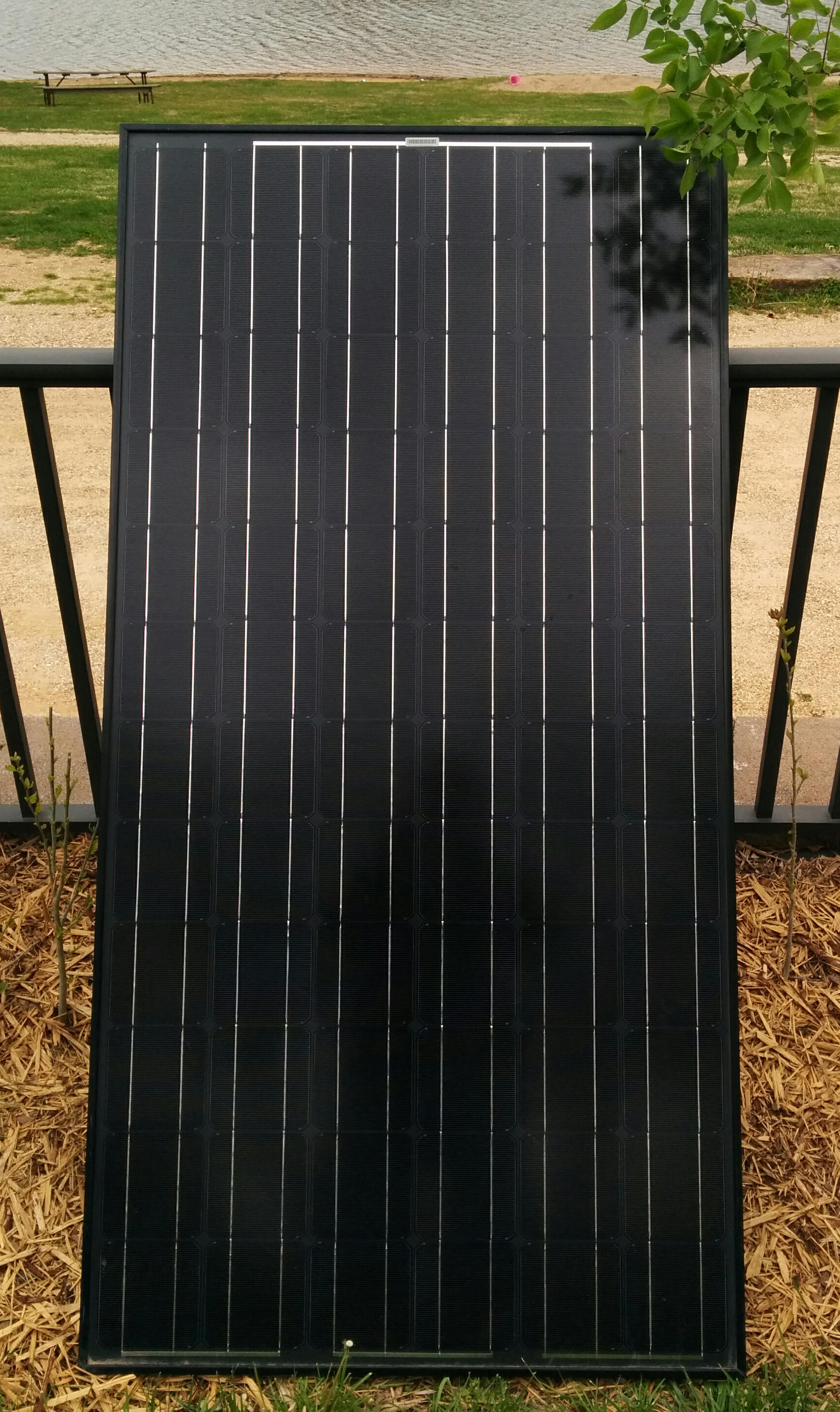When installing PV solar panels much care should be taken to ensure that the PV solar panels remains fully unshaded for the maximum amount of daytime hours. This has a much greater impact than some may understand. The most critical six hours of the day are the three hours before solar noon and the three hours after solar noon.
In these tests, a 185 Watt, 72 PV cell, mono-crystalline PV panel was analyzed. The MET030 – PV Panel Analyzer was used to determine the PV solar panel power output wattage, solar irradiance level and the maximum power voltage. Three differentmeasurements are analyzed:
Maximum Power Output (Pmp): This is the maximum power output this PV panel is capable of outputting at the current irradiance level.
Irradiance Level: This is the amount of solar energy striking the face of the PV panel. This is important to ensure that approximately the same amount of solar energy is reaching the PV panel on each test.
Voltage at Maximum Power Output (Vmp): This is the PV panel output voltage at the maximum power output.

Test1: No shade, Full Sun:
Irradiance Level: 1001 W/m2
Pmp: 161 W
Vmp: 32 V
Test2: One PV Cell Shaded:
Irradiance Level: 998 W/m2
Pmp: 98 W
Vmp: 20 V
Test3: Entire Bottom PV Cell Row Shaded:
Irradiance Level: 1014 W/m2
Pmp: 5 W
Vmp: 37 V
As the test results show with this amount of solar irradiance and at this temperature the 185 Watt PV solar panel can produce about 161 Watts. In Test 2, when only one PV cell is shaded the power output is reduced to 98 Watts, (or 61%). In Test 3, when the entire bottom row of PV cells are shaded (only 6 out of 72 PV cells), the power output is reduced to only 5 Watts (or 3%). It is clear from these results that it is very important to limit the amount of shade a PV panel receives.
Some things to consider regarding shading PV panels:
1. Do any PV panels cast a shadow on another PV panel during part of the day?
2. Does a tree shade the PV panel at any time during the 6 critical hours centered around solar noon? Trees can grow surprisingly fast this should be reevaluated every year or so.
3. Are there any other obstacles that shade your PV panels, like pipes, antenna towers, or water tanks?
4. Does the location of the PV panels limit how many hours of sun they get?
5. Are the PV panels clean? Dust and ash can limit the amount of power a PV panel can produce.